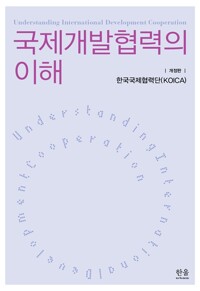
단행본
How the aid industry works: an introduction to international development
- 개인저자
- Arjan de Haan
- 발행사항
- Sterling, VA :,Kumarian Press,,2009
- 형태사항
- xvi, 237 p.: ill. ; 24 cm
- ISBN
- 9781565492875
- 청구기호
- 322.83 H111h
- 서지주기
- Includes bibliographical references and index
소장정보
| 위치 | 등록번호 | 청구기호 / 출력 | 상태 | 반납예정일 |
|---|---|---|---|---|
이용 가능 (1) | ||||
| 1자료실 | 00014266 | 대출가능 | - | |
이용 가능 (1)
- 등록번호
- 00014266
- 상태/반납예정일
- 대출가능
- -
- 위치/청구기호(출력)
- 1자료실
책 소개
International development is big business. Official global aid flows from North to South are over $100 billion annually. China and India, former aid recipients, are rapidly entering the field as aid providers themselves, and international charity is being redefined with the resources of private donors like the Gates Foundation, for example, outstripping the annual budget of long-time donors like the UK, Canada or the World Health Organization.
Lacking in the literature on international development is an introductory text that provides an overview of the practices of the “business” of development. How the Aid Industry Works provides a basic description of what aid practices are and how they evolved. The arguments of both proponents and opponents of aid are presented and analyzed, along with real-life examples of projects and programs in context. Ideal for undergraduate and graduate students encountering the subject of development for the first time, the book also serves as an overview for development practitioners who want a handy reference covering the universe they inhabit.
Lacking in the literature on international development is an introductory text that provides an overview of the practices of the “business” of development. How the Aid Industry Works provides a basic description of what aid practices are and how they evolved. The arguments of both proponents and opponents of aid are presented and analyzed, along with real-life examples of projects and programs in context. Ideal for undergraduate and graduate students encountering the subject of development for the first time, the book also serves as an overview for development practitioners who want a handy reference covering the universe they inhabit.


